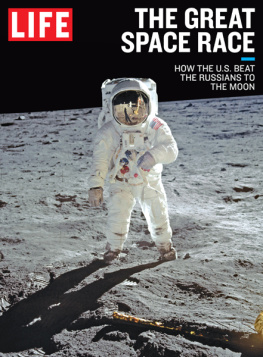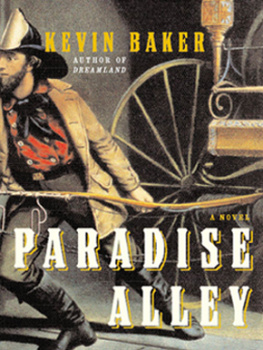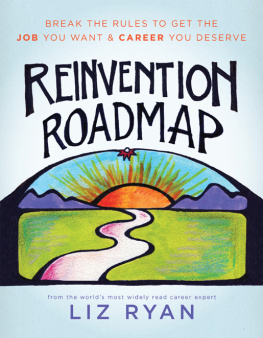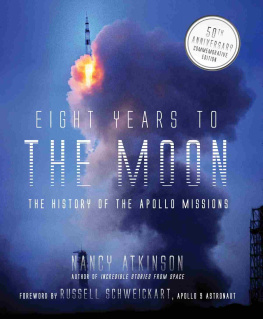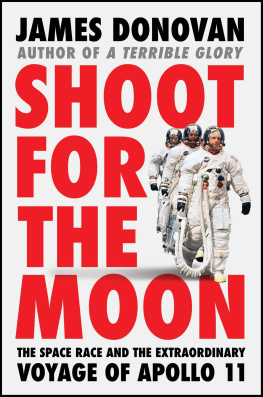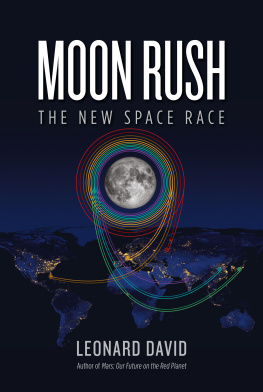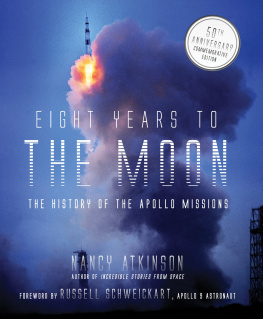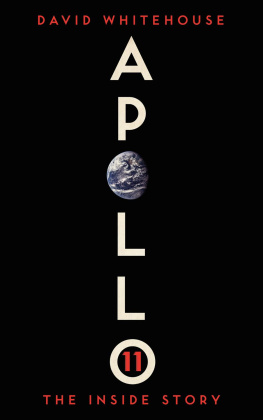

THE GREAT SPACE RACE
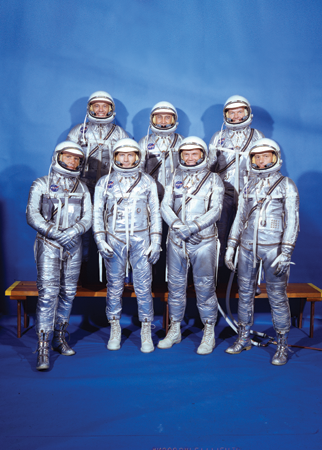
RALPH MORSE/LIFE/THE PICTURE COLLECTION
THE MAGNIFICENT SEVEN: The Project Mercury astronautson the verge of both celebrity and space in 1960pose for LIFE photographer Ralph Morse. Back row, from left: Alan Shepard, Virgil Gus Grissom, and Gordon Cooper. Front row: Walter Schirra, Donald Deke Slayton, John Glenn, and Scott Carpenter.

EDITOR AND WRITER J.I. Baker
DIRECTOR OF PHOTOGRAPHY Christina Lieberman
CREATIVE DIRECTOR Anke Stohlmann/Lil Robin
COPY CHIEF Parlan McGaw
COPY EDITOR Joel Van Liew
PICTURE EDITOR Rachel Hatch
WRITER-REPORTER Daniel S. Levy
PHOTO ASSISTANT Chris Manahan
DIRECTOR OF PHOTOGRAPHY EMERITA Barbara Baker Burrows
TIME INC. BOOKS
PUBLISHER Margot Schupf
ASSOCIATE PUBLISHER Allison Devlin
VICE PRESIDENT, FINANCE Terri Lombardi
VICE PRESIDENT, MARKETING Jeremy Biloon
EXECUTIVE DIRECTOR, MARKETING SERVICES Carol Pittard
DIRECTOR, BRAND MARKETING Jean Kennedy
FINANCE DIRECTOR Kevin Harrington
SALES DIRECTOR Christi Crowley
ASSISTANT GENERAL COUNSEL Andrew Goldberg
ASSISTANT DIRECTOR, PRODUCTION Susan Chodakiewicz
SENIOR MANAGER, CATEGORY MARKETING Bryan Christian
BRAND MANAGER Katherine Barnet
ASSOCIATE PREPRESS MANAGER Alex Voznesenskiy
ASSOCIATE MANAGER FOR PROJECT MANAGEMENT AND PRODUCTION Anna Riego
EDITORIAL DIRECTOR Kostya Kennedy
CREATIVE DIRECTOR Gary Stewart
DIRECTOR OF PHOTOGRAPHY Christina Lieberman
EDITORIAL OPERATIONS DIRECTOR Jamie Roth Major
SENIOR EDITOR Alyssa Smith
ASSISTANT ART DIRECTOR Anne-Michelle Gallero
COPY CHIEF Rina Bander
ASSISTANT MANAGING EDITOR Gina Scauzillo
ASSISTANT EDITOR Courtney Mifsud
TIME INC. PREMEDIA
Richard K. Prue (Director), Richard Shaffer (Production), Keith Aurelio, Jen Brown, Kevin Hart, Rosalie Khan, Patricia Koh, Marco Lau, Brian Mai, Rudi Papiri, Clara Renauro
SPECIAL THANKS Nicole Fisher, Kristina Jutzi,
Seniqua Koger, Kate Roncinske
eISBN: 978-1-68330-472-2
Copyright 2016 Time Inc. Books
Published by LIFE BOOKS, an imprint of Time Inc. Books 225 Liberty Street New York, NY 10281
All rights reserved. No part of this book may be reproduced in any form or by any electronic or mechanical means, including information storage and retrieval systems, without permission in writing from the publisher, except by a reviewer, who may quote brief passages in a review.
Vol. 16, No. 14 September 30, 2016
LIFE is a registered trademark of Time Inc.
We welcome your comments and suggestions about LIFE Books. Please write to us at: LIFE Books Attention: Book Editors P.O. Box 62310, Tampa, FL 33662-2310
If you would like to order any of our hardcover Collectors Edition books, please call us at 800-327-6388, Monday through Friday, 7 a.m.9 p.m. Central Time.
FRONT COVER Buzz Aldrin on the moon. Photograph from NASA.
CONTENTS

Lady Bird Johnson (in polka-dot dress, center) and her husband, former President Lyndon B. Johnson, watch the 1969 liftoff to the moon. Photograph by Otis Imboden/National Geographic/Getty.
FROM MISSILES TO THE MOON: THE U.S. VS RUSSIA
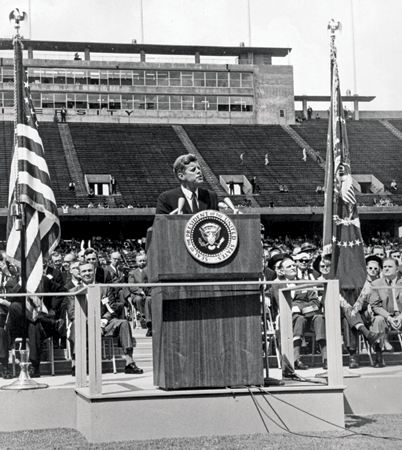
HOUSTON CHRONICLE/AP
WE CHOOSE to go to the moon, President John F. Kennedy announced in his famous speech at Rice University in Houston, Texas, on September 12, 1962. And it will be done before the end of this decade.
Forged in the cauldron of both Nazi Germany and the Soviet gulag, the Great Space Race between the U.S. and the USSR during the Cold War was fueled by two very different but equally driven young men: the rocket scientists Wernher von Braun and Sergei Korolev.
A member of Hitlers SS and the creator of the deadly V-2 missile, von Braun narrowly escaped Germanywith a badly broken arm, no lessin the wake of World War II. Korolev, falsely accused of anti-Soviet activities and imprisoned in a Siberian forced-labor camp, was saved from almost certain death when Josef Stalin tasked him with replicating von Brauns killing machine. As the eventual architect of the American space program, von Braun appeared on TV withof all peopleWalt Disney, even as Korolev toiled tirelessly in the Soviet shadows. Excluded from the praise his peerless work had wrought, Korolev was known only as the Chief Designer until his life was cut shortperhaps in part because of the torture hed endured as a political prisoner.
But these disparate men shared the same unlikely dream. Even as they created weapons for antagonistic superpowers, they privatelyand dangerouslyimagined using the same technology to travel to the moon.
This is now all a matter of record, but at the time the facts were obscured by the thrilling, terrifying competition of the Space Race itself: a series of moving triumphs and tragedies, both technological and deeply human, that riveted the nation even as it seemed the fate of the free world hung in the balance. Which nations rockets would reach the moon first? And would these same rockets blow us to smithereens before anyone got the chance? But the divisive drama paradoxically united the human race, if only becauseunthinkable nowwe were all paying attention to the same things at the same time. The millions of Americans who in 1962 watched in fear as the Cuban Missile Crisis unfolded on TV watched with joy as Neil Armstrong took the first steps on the moon in 1969.
Through it all, LIFE had exclusive access to the heroes behind what the magazine called historys greatest exploration. Our reporters were VIPs at the Cape Canaveral launch sites and drank with Alan Shepard, Americas first man in space. Photographer Ralph Morse (many of whose images are featured on these pages) spent time in the astronauts flight simulators and in their homes. (Armstrong was particularly interested in cameras and photography.) Two weeks after the moon landing, LIFE published what was at the time the definitive account of Americas extraterrestrial triumph.
In our fragmented, often distracted world, it may seem almost quaint to imagine an epic, heroic triumph that was pursued in part simply because it was epic and heroic, but we hope that in the following pages, youll travel back to a time whenfor a while, at leastanything seemed possible.
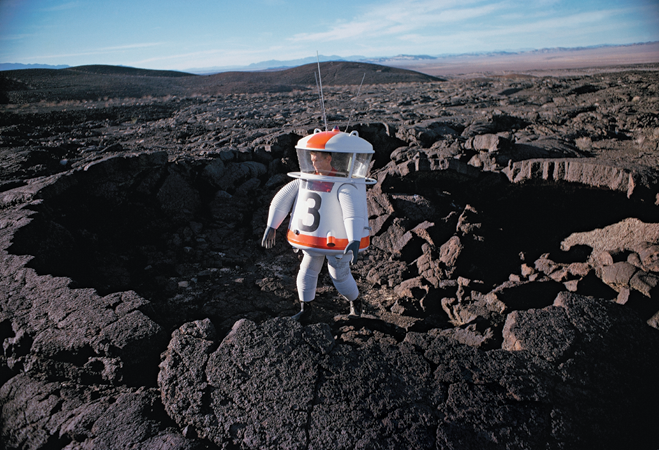
FRITZ GORO/LIFE/THE PICTURE COLLECTION
NO, ITS NOT A TELETUBBY. Its a technician in 1961 testing a space suit for the future moon mission, with the Mojave Desert standing in for the lunar surface.

Next page
